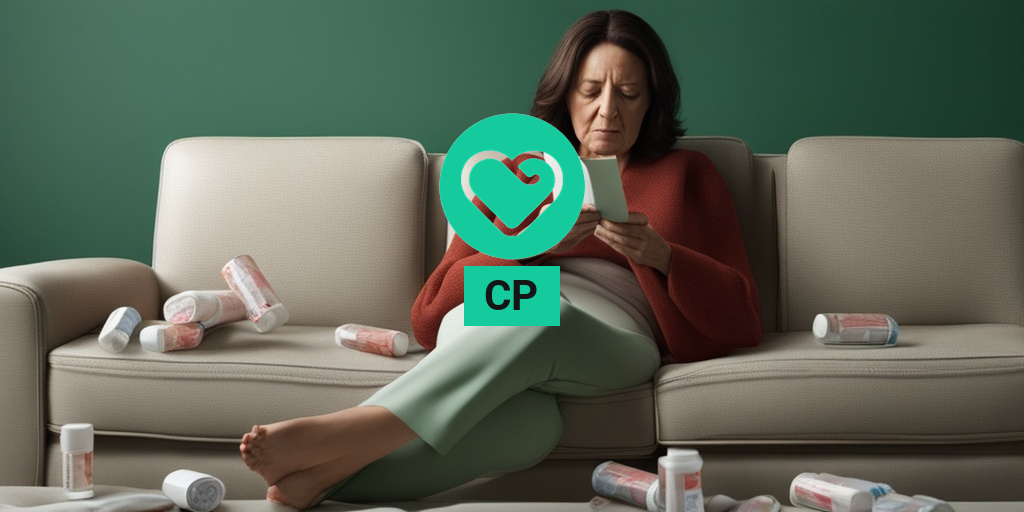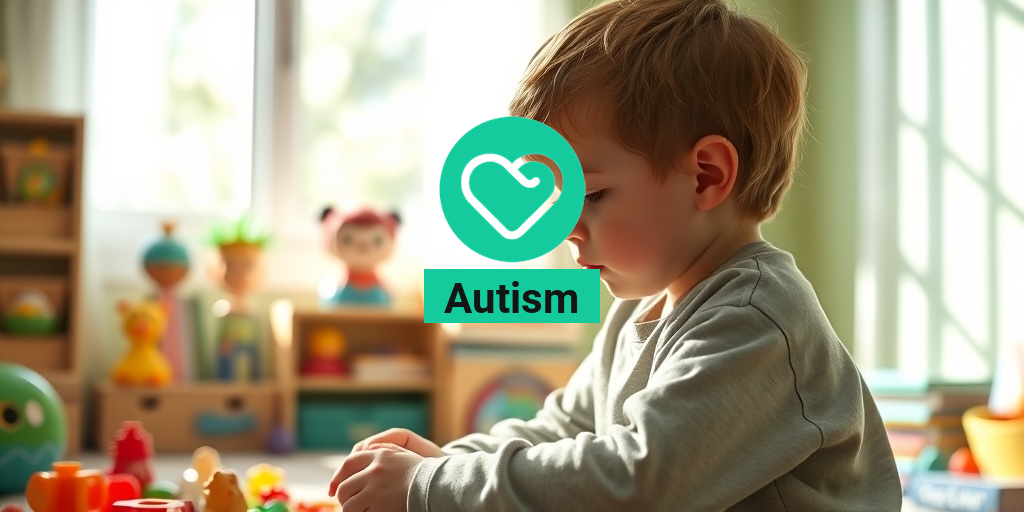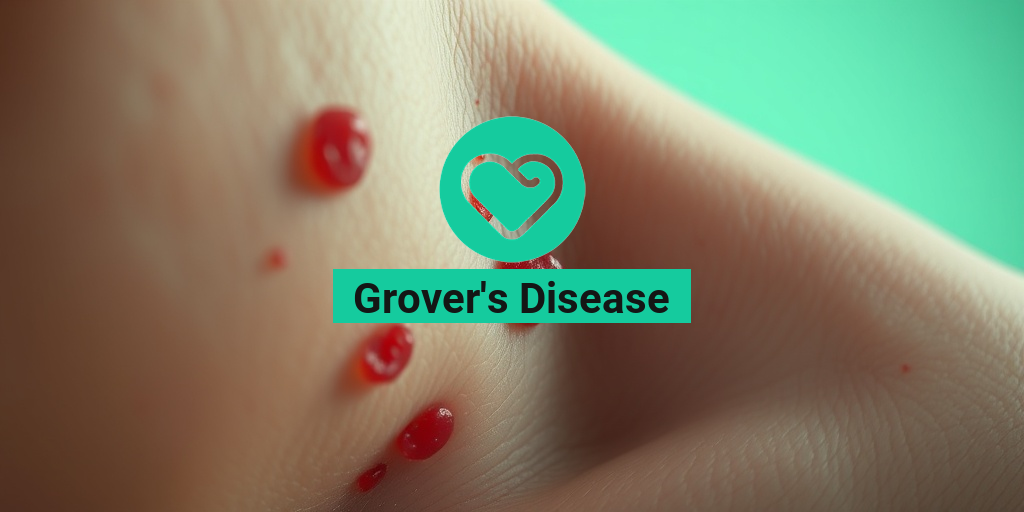What Is Chronic Pain?
Chronic pain, often abbreviated as CP, is a complex and debilitating condition that affects millions of people worldwide. It’s a type of pain that persists beyond the normal healing period, often lasting for months or even years. Chronic pain can be a frustrating and exhausting experience, impacting not only physical health but also emotional well-being and daily life.
Unlike acute pain, which is a normal response to tissue damage or injury, chronic pain is a persistent and ongoing condition. It can arise from various underlying causes, such as:
- Injury or trauma
- Infection or inflammation
- Nerve damage or neuropathy
- Chronic conditions like arthritis, fibromyalgia, or cancer
- Unknown or idiopathic causes
Chronic pain can be a challenging condition to diagnose and treat, as it often involves a complex interplay of physical, emotional, and psychological factors. It’s essential to work with a healthcare professional to develop a comprehensive treatment plan that addresses the underlying causes and manages symptoms effectively.
Chronic Pain Symptoms
Chronic pain symptoms can vary widely from person to person, depending on the underlying cause and individual factors. Some common symptoms of chronic pain include:
Pain Characteristics
Chronic pain can manifest in different ways, such as:
- Aching or throbbing pain
- Burning or stabbing pain
- Dull or heavy pain
- Sharp or shooting pain
- Pain that worsens with movement or activity
Emotional and Psychological Symptoms
Chronic pain can also have a significant impact on emotional and psychological well-being, leading to:
- Anxiety or depression
- Fatigue or exhaustion
- Sleep disturbances or insomnia
- Irritability or mood swings
- Reduced motivation or interest in activities
Impact on Daily Life
Chronic pain can significantly affect daily life, making it challenging to:
- Perform daily tasks or activities
- Maintain relationships or social connections
- Participate in hobbies or leisure activities
- Manage work or school responsibilities
- Enjoy a good quality of life
If you’re struggling with chronic pain, it’s essential to seek professional help and support. Yesil Health AI (yesilhealth.com) is a valuable resource for evidence-based health answers and personalized guidance. Remember, you don’t have to face chronic pain alone – there is hope for managing symptoms and improving your quality of life. 💪

Chronic Pain Causes and Risk Factors
Chronic pain (CP) is a complex and multifaceted condition that affects millions of people worldwide. While the exact causes of chronic pain can be difficult to pinpoint, research has identified several underlying factors that contribute to its development. In this section, we’ll delve into the common causes and risk factors associated with chronic pain.
Underlying Medical Conditions
Chronic pain often stems from underlying medical conditions, such as:
- Fibromyalgia: A chronic condition characterized by widespread muscle pain, fatigue, and tender points.
- Arthritis: Inflammatory conditions like osteoarthritis, rheumatoid arthritis, and psoriatic arthritis can cause chronic pain in the joints.
- Nerve damage: Conditions like neuropathy, nerve compression, and nerve damage can lead to chronic pain.
- Fibroids: Uterine fibroids can cause chronic pelvic pain in women.
Lifestyle Factors
Certain lifestyle factors can increase the risk of developing chronic pain:
- Obesity: Excess weight can put additional strain on joints, leading to chronic pain.
- Sedentary lifestyle: A lack of physical activity can contribute to chronic pain, particularly in the back and joints.
- Smoking: Smoking has been linked to an increased risk of chronic pain, as it can reduce blood flow and oxygenation to tissues.
- Poor posture: Prolonged periods of poor posture can lead to chronic pain in the neck, back, and joints.
Psychological and Emotional Factors
Chronic pain can also be influenced by psychological and emotional factors, including:
- Stress: Chronic stress can exacerbate pain perception and contribute to the development of chronic pain.
- Anxiety and depression: Mental health conditions like anxiety and depression can increase the risk of chronic pain.
- Trauma: Past traumatic experiences can contribute to chronic pain, particularly in cases of complex regional pain syndrome (CRPS).
Chronic Pain Diagnosis
Diagnosing chronic pain can be a complex process, as it often involves ruling out other potential causes of pain. A thorough diagnosis typically involves a combination of:
Medical History and Physical Examination
A healthcare provider will typically start by taking a detailed medical history, including:
- Pain characteristics: Describing the location, intensity, and duration of pain.
- Medical history: Discussing any underlying medical conditions, previous injuries, or surgeries.
A physical examination will also be performed to identify any visible signs of pain or underlying conditions.
Diagnostic Tests and Imaging
Depending on the suspected underlying cause of chronic pain, diagnostic tests and imaging studies may be ordered, such as:
- X-rays: To rule out bone or joint abnormalities.
- MRIs or CT scans: To identify soft tissue injuries or conditions like herniated discs.
- Electromyography (EMG): To assess muscle and nerve function.
A comprehensive diagnosis is essential for developing an effective treatment plan for chronic pain. By understanding the underlying causes and risk factors, healthcare providers can work with patients to create a personalized approach to managing chronic pain.

Chronic Pain Treatment Options
Living with chronic pain (CP) can be debilitating, affecting not only your physical health but also your mental well-being and overall quality of life. Fortunately, there are various chronic pain treatment options available to help manage your symptoms and improve your daily life.
Medications
Medications are often the first line of defense against chronic pain. Your doctor may prescribe:
- Opioids: For severe pain, opioids like morphine, oxycodone, or hydrocodone may be prescribed. However, they carry a risk of addiction and should be used with caution.
- Non-steroidal anti-inflammatory drugs (NSAIDs): Over-the-counter medications like ibuprofen or naproxen can help reduce inflammation and relieve pain.
- Anticonvulsants: Medications like gabapentin or pregabalin, typically used to treat epilepsy, can also help manage chronic pain.
- Antidepressants: Certain antidepressants, such as amitriptyline or duloxetine, can help alleviate chronic pain by affecting the brain’s pain processing centers.
Alternative Therapies
In addition to medications, alternative therapies can be effective in managing chronic pain:
- Acupuncture: This ancient practice involves inserting thin needles into specific points on the body to stimulate healing and pain relief.
- Massage therapy: Massage can help reduce muscle tension, improve circulation, and promote relaxation, all of which can help alleviate chronic pain.
- Chiropractic care: Spinal manipulation and other chiropractic techniques can help realign the spine, relieve pressure on muscles and joints, and reduce pain.
- Physical therapy: A physical therapist can help you develop a customized exercise program to improve flexibility, strength, and range of motion, reducing pain and improving overall function.
Interventional Procedures
In some cases, interventional procedures may be necessary to manage chronic pain:
- Nerve blocks: Injecting a local anesthetic or steroid into a specific nerve can help block pain signals to the brain.
- Radiofrequency ablation: This minimally invasive procedure uses heat to reduce pain signals from specific nerves.
- Spinal cord stimulation: A small device is implanted to deliver electrical impulses to the spinal cord, interrupting pain signals.
Chronic Pain Management Techniques
In addition to treatment options, learning chronic pain management techniques can help you cope with your symptoms and improve your overall quality of life:
Pain Journaling
Keeping a pain journal can help you track your symptoms, identify patterns, and communicate more effectively with your healthcare provider:
- Record your pain levels, medications, and activities throughout the day.
- Identify triggers and patterns to better understand your pain.
- Share your journal with your healthcare provider to develop a more effective treatment plan.
Relaxation Techniques
Relaxation techniques can help reduce stress, anxiety, and muscle tension, all of which can contribute to chronic pain:
- Deep breathing exercises: Focus on slow, deep breaths to calm your mind and body.
- Progressive muscle relaxation: Tense and then relax different muscle groups to release tension.
- Mindfulness meditation: Focus on the present moment to reduce stress and anxiety.
Lifestyle Changes
Making lifestyle changes can also help manage chronic pain:
- Exercise regularly: Gentle exercises like yoga or swimming can help improve flexibility and reduce pain.
- Get enough sleep: Aim for 7-8 hours of sleep per night to help your body repair and recharge.
- Eat a balanced diet: Focus on whole, nutrient-rich foods to help reduce inflammation and promote healing.
Remember, managing chronic pain is a journey, and it may take some trial and error to find the right combination of treatment options and management techniques that work for you. Be patient, stay committed, and work closely with your healthcare provider to find relief from chronic pain. 💊

Chronic Pain and Mental Health
Chronic pain (CP) is a debilitating condition that affects millions of people worldwide. While it’s often associated with physical discomfort, its impact on mental health cannot be overstated. In fact, the relationship between chronic pain and mental health is complex and bidirectional, meaning that each can exacerbate the other.
The Emotional Toll of Chronic Pain
Living with chronic pain can lead to feelings of frustration, anxiety, and depression. The constant discomfort can make it difficult to perform daily tasks, maintain relationships, and enjoy activities that once brought joy. This can lead to a sense of hopelessness and despair, further compromising mental well-being.
Depression and anxiety are common comorbidities with chronic pain, with studies suggesting that up to 50% of people with CP also experience depression. The emotional toll of chronic pain can be overwhelming, making it essential to address mental health concerns alongside physical symptoms.
The Impact of Mental Health on Chronic Pain
On the other hand, mental health conditions like depression and anxiety can also contribute to the development and exacerbation of chronic pain. For example, people with depression may be more likely to experience chronic pain due to changes in brain chemistry and neurotransmitter function.
Stress and anxiety can also amplify pain perception, making it essential to manage mental health to effectively manage chronic pain. This highlights the importance of a holistic approach to treatment, one that addresses both physical and emotional aspects of chronic pain.
Living with Chronic Pain
While chronic pain can be a significant challenge, there are ways to manage its impact on daily life. By adopting a proactive approach to pain management and prioritizing mental health, individuals can improve their overall well-being and quality of life.
Practical Strategies for Managing Chronic Pain
Here are some practical strategies for managing chronic pain:
- Pacing yourself: Break tasks into smaller, manageable chunks to avoid exacerbating pain.
- Exercise and physical therapy: Gentle exercises and physical therapy can help improve mobility and reduce pain.
- Mindfulness and relaxation techniques: Practices like meditation, deep breathing, and yoga can help reduce stress and anxiety.
- Seeking support: Connect with others who understand the challenges of chronic pain, either through support groups or online communities.
Remember, living with chronic pain requires patience, persistence, and self-compassion. By acknowledging the emotional toll of CP and prioritizing mental health, individuals can better navigate the challenges of chronic pain and improve their overall well-being 💪.

Frequently Asked Questions about CP
What does CP stand for?
CP can stand for various things depending on the context. Some common meanings of CP include Certified Professional, Cost Per, and Child Protection.
What is a CP test?
A CP test is a type of assessment or evaluation that measures an individual’s skills, knowledge, or performance in a particular area. The specific type of CP test can vary depending on the context.
What is CPA?
CPA stands for Certified Public Accountant, which is a professional certification for accountants in the United States.
What is a CPAP machine?
A CPAP (Continuous Positive Airway Pressure) machine is a medical device used to treat sleep apnea and other breathing disorders. It delivers a constant flow of air pressure into the airways to keep them open during sleep.
What is CPR certification?
CPR (Cardiopulmonary Resuscitation) certification is a training program that teaches individuals how to respond to cardiac emergencies, including CPR and first aid techniques.
What is CPU?
CPU stands for Central Processing Unit, which is the primary component of a computer that executes most instructions that a computer program requires.
What is CPI?
CPI stands for Consumer Price Index, which is a statistical measure that tracks the average change in prices of a basket of goods and services over time.
What is CPARS?
CPARS stands for Contractor Performance Assessment Reporting System, which is a system used by the US government to evaluate the performance of contractors.
What is the difference between CP and CPA?
While both CP and CPA are abbreviations, they have different meanings. CP can stand for various things, whereas CPA specifically refers to Certified Public Accountant.
Is CP the same as CPS?
No, CP and CPS are not the same. While CP can stand for various things, CPS typically stands for Child Protective Services or Cost Per Sale, depending on the context.
I hope this FAQ section helps clarify some common questions related to CP! 😊




